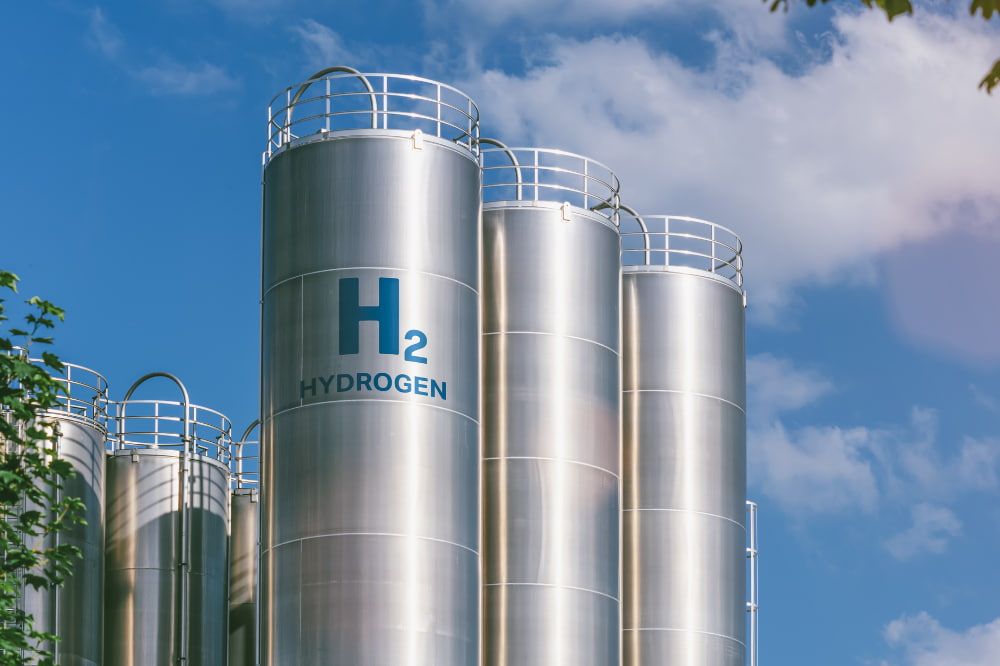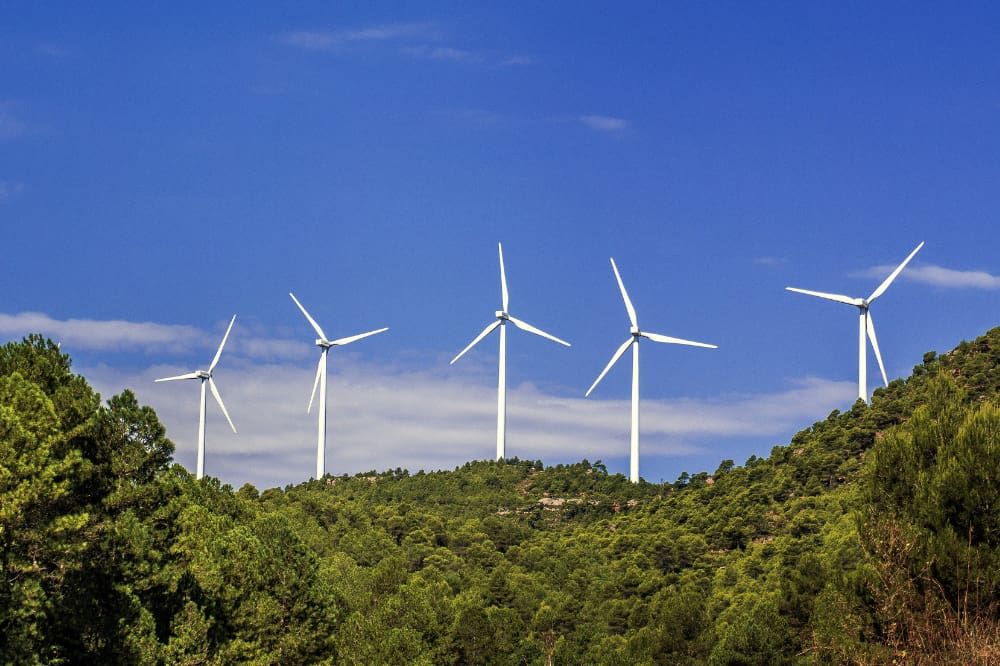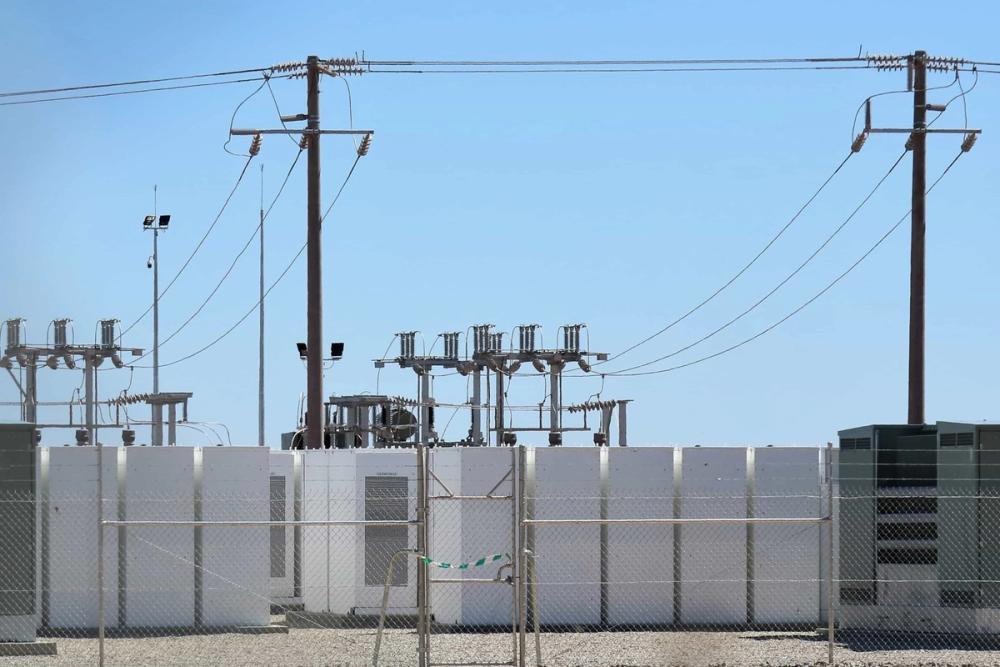Hydrogen Production Electrolysis: How Does it Work?

Hydrogen Production electrolysis is an electrochemical process that aims to produce hydrogen and reduce the world's reliance on fossil fuels. Electrolysis plays a crucial role in various industrial applications, including green hydrogen production, metal refining, and electroplating.
At its core, electrolysis involves the use of an electric current to drive a chemical reaction, leading to the decomposition or transformation of substances to form hydrogen gas and oxygen gas.
In this blog post, we are going to be discussing some of the main fundamentals of the hydrogen production electrolysis process as well as some of the major factors that influence this process and some of the best ways in which you can utilise this process.
Fundamentals of Electrolysis
The key apparatus in electrolysis is the electrolytic cell, which consists of an electrolyte – a substance that conducts electricity when dissolved in a solvent – and two electrodes, typically made of conductive materials such as metals. The electrodes are immersed in the electrolyte and connected to an external power source, creating a closed circuit.
The electrodes are named the anode and cathode. The anode is where oxidation occurs, and electrons are released, while the cathode is the site of reduction, where electrons are gained. The electrolyte may be a molten salt or an aqueous solution of an ionic compound, facilitating the flow of electric current by allowing the movement of ions.
Electrolysis involves redox (reduction-oxidation) reactions, where one substance is oxidised (loses electrons) and another is reduced (gains electrons). The direction of electron flow is from the anode to the cathode through the external circuit, while ions move through the electrolyte.
Ions in the electrolyte facilitate the flow of electric current. In the case of water electrolysis, positively charged hydrogen ions (protons, H⁺) move toward the cathode, and negatively charged hydroxide ions (OH⁻) move toward the anode.
Electrons released at the anode travel through the external circuit to the cathode, where they are consumed in the reduction reaction.
Factors Influencing Electrolysis
The concentration of the electrolyte affects the conductivity of the solution. Higher concentrations generally result in increased ion mobility, facilitating a more efficient electrolysis process.
Temperature plays a role in electrolysis by influencing reaction rates. Higher temperatures often lead to faster reactions, but extreme temperatures may impact the stability of the electrolyte.
The applied voltage determines the rate at which electrolysis occurs. Higher voltages generally result in more rapid reactions, but careful control is necessary to prevent undesirable side reactions.
Practical Applications
Water electrolysis is a key method for green hydrogen production, a clean and versatile fuel. The generated hydrogen can be used in fuel cells for electricity generation or as a feedstock for various industrial processes.
Electrolysis is employed in the refining of metals, such as aluminium and copper. For example, aluminium is extracted from its ore through the Hall-Héroult process, where aluminium oxide is dissolved in molten cryolite and electrolysed.
Electrolysis is widely used in electroplating, a process where a metal coating is deposited onto an object. This is employed for decorative purposes, corrosion resistance, or enhancing conductivity in electronic components.
Challenges and Future Developments
While electrolysis is a versatile and valuable process, it does face challenges. One significant hurdle is the energy input required, especially for water electrolysis.
The efficiency of electrolysis processes can be improved through advancements in electrode materials, electrolyte design, and the development of more energy-efficient electrolysis technologies.
Electrode materials play a crucial role in the efficiency of electrolysis. Researchers are actively exploring new materials that can enhance electrocatalytic activity, reduce electrical energy losses, and withstand the harsh conditions of electrolysis processes.
Innovations in materials, such as the use of advanced catalysts like nickel-iron alloys or ruthenium-based materials, aim to improve the overall efficiency of electrolysis reactions, especially in the challenging environment of water electrolysis.
Advancements in Electrolysis Technologies
Ongoing research is focused on developing advanced electrolysis technologies to make the process more sustainable and economically viable. For instance, proton exchange membrane (PEM) electrolysis cells and solid oxide electrolysis cells (SOECs) are being explored as alternatives to traditional alkaline electrolysis, offering improved efficiency and flexibility.
Integrating electrolysis with renewable energy sources, such as solar and wind power, is a promising avenue to address the energy consumption challenge. Excess electricity generated during periods of high renewable energy availability can be used for electrolysis, converting it into storable and transportable forms like hydrogen.
The quest for green hydrogen, produced through electrolysis powered by renewable energy, is gaining momentum. Green hydrogen has the potential to play a significant role in decarbonising various sectors, including transportation, industry, and renewable energy storage.
Electrolysis can serve as a valuable component in energy storage systems. Excess electricity generated during periods of low demand can be used for electrolysis to produce hydrogen, which can then be stored and later utilised to generate electricity when demand is high.
How Can Balance Power Help You?
Balance Power specialises in using electrolysis to enhance other businesses. Our approach utilises the capabilities of electrolysis to address energy challenges and create sustainable solutions tailored to your specific needs.
By integrating advanced electrolysis technologies, we can help businesses optimise their energy consumption, reduce carbon footprints, and unlock the potential for clean energy utilisation.
We work with high-energy extensive businesses to reduce their carbon emissions and eliminate their reliance on the National Grid. If this sounds like you, contact us today to discuss how we can help your business with renewable energy projects.
Final Note
In conclusion, electrolysis is a fundamental electrochemical process with wide-ranging applications, from hydrogen production to metal refining and electroplating.
The underlying principles involve redox reactions occurring at the anode and cathode, driven by an external electric current and facilitated by the movement of ions in an electrolyte.
Water electrolysis, as a specific example, showcases how this process can be harnessed to produce hydrogen, a clean and versatile energy carrier.
The challenges associated with electrolysis, including energy consumption, are actively being addressed through advancements in technology and the integration of renewable energy sources.
As the world strives for a sustainable and low-carbon future, electrolysis emerges as a key player, contributing to developing green technologies and serving as a bridge between renewable energy generation and various industrial applications.
The ongoing research and innovation in electrolysis hold the promise of unlocking new possibilities in clean and renewable energy and reducing the world's reliance on fossil fuels across several industries.



